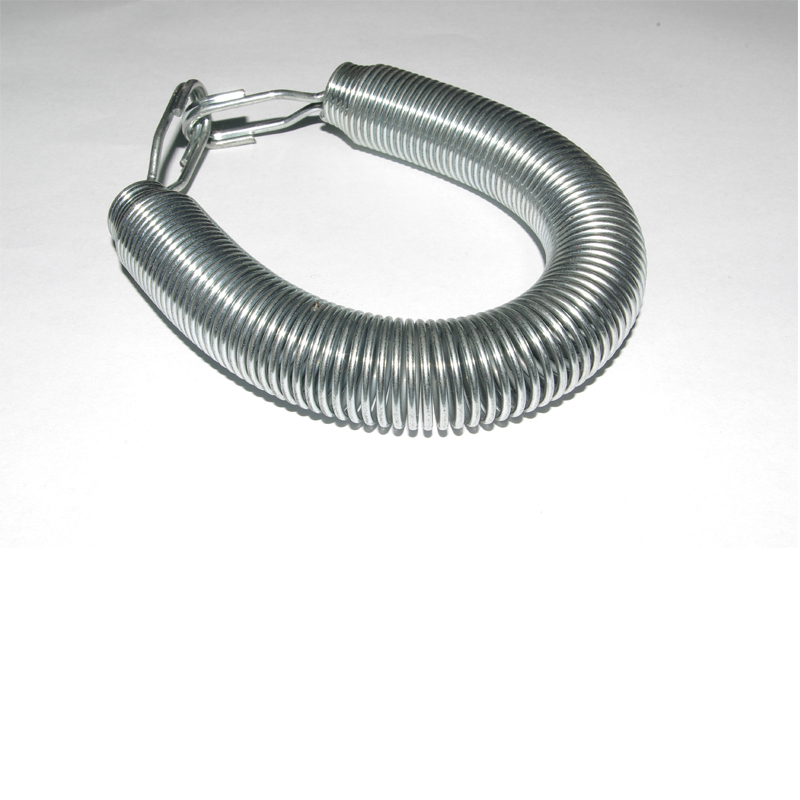
- Mobile Phone
- +8613931874955
- sales@cntcmetal.com
Building Walls with Ties and Blockwork Techniques for Enhanced Structural Integrity
Wall Ties in Blockwork Construction
In the realm of construction, the significance of wall ties in blockwork cannot be overstated. Wall ties are essential components that help maintain the structural integrity and stability of masonry walls, particularly in cavity wall construction. They play a pivotal role in connecting the outer leaf of a wall, usually made of bricks or blocks, to the inner leaf, which could be made of reinforced concrete or masonry. This connection is crucial for the overall performance and durability of the wall system.
The Functionality of Wall Ties
At its core, the primary function of wall ties is to integrate the two leaves of a cavity wall. When a building is designed, it is often beneficial to create a cavity between two layers of walls for various reasons, including thermal insulation, moisture control, and structural stability. Wall ties act as connectors, ensuring that both leaves work together to resist lateral loads (such as wind pressure) and prevent any potential movement or separation that could occur over time.
Moreover, wall ties contribute to the distribution of loads throughout the wall structure. The ties help to evenly distribute the weight of the outer leaf across the inner leaf, reducing stress on any particular section of the wall. This is particularly important in areas prone to heavy winds or seismic activity, where lateral forces can compromise the stability of a structure.
Types of Wall Ties
Wall ties come in various forms and materials, choosing the right type according to the specific construction needs and local building regulations is essential.
1. Metal Wall Ties Typically made from stainless steel or galvanized steel, these are the most commonly used wall ties. They offer strong tensile strength, which is vital for maintaining structural integrity. Their durability is particularly beneficial in resisting rust and corrosion, ensuring a longer lifespan for the connections.
2. Plastic Wall Ties These ties are lightweight and corrosion-resistant. While they may not have the same load-bearing capacity as metal ties, they are often used in specific applications where corrosion is a significant concern, such as in coastal areas or buildings with high moisture levels.
wall ties blockwork

3. Composite Wall Ties These ties combine the benefits of metal and plastic. They offer strength without the risk of rust and are also designed to provide thermal performance, which reduces heat transfer between the layers of the wall.
Installation Guidelines
Proper installation of wall ties is critical to their performance. It is essential to follow manufacturer guidelines and local building codes to ensure that the ties are installed at the correct spacing and depth. Typically, wall ties should be placed at intervals of 600mm horizontally and 450mm vertically, although these guidelines can vary based on specific design requirements.
Wall ties must also be embedded sufficiently into both the inner and outer leaves of the wall to provide adequate support. Additionally, care should be taken to avoid creating thermal bridges, which can reduce the cavity's effectiveness as an insulation layer.
Maintenance and Inspection
Over time, wall ties can be subject to movement due to factors such as settlement of the building, expansion due to temperature changes, or corrosion. Regular inspection of wall ties is imperative to identify any signs of deterioration or failure. Visible signs such as cracking in the walls, bowing, or bulging can indicate that wall ties may no longer be effective, necessitating immediate attention to avoid further structural damage.
Conclusion
In conclusion, wall ties are a critical aspect of blockwork construction that significantly impacts the stability and longevity of masonry walls. Their ability to connect and support the two leaves of a cavity wall ensures that structures can withstand various forces and environmental conditions. By selecting the appropriate type of wall tie, adhering to installation guidelines, and conducting regular maintenance checks, builders and homeowners can safeguard the structural integrity of their buildings for years to come. Wall ties typify the principle that sometimes, it is the smallest components that contribute to the greatest structural resilience and safety.
share:
-
Why Sacrificial Formwork Is Redefining Underground ConstructionNewsJun.06,2025
-
The Structural Dynamics of Modern Concrete: How Snake Spacers Revolutionize Flexible ReinforcementNewsJun.06,2025
-
Snake Spacers Smart-Lock Concrete Reinforcement with Surgical PrecisionNewsJun.06,2025
-
Snake Spacers: Reinforcement Precision for Modern Concrete ProjectsNewsJun.06,2025
-
Snake Spacers Powering Concrete's Structural DNANewsJun.06,2025
-
Slither into Success: Snake Spacers' Precision Bite for Unbreakable ReinforcementNewsJun.06,2025
-
Sacrificial Formwork: Building Stronger, Faster, and Safer StructuresNewsJun.06,2025



















